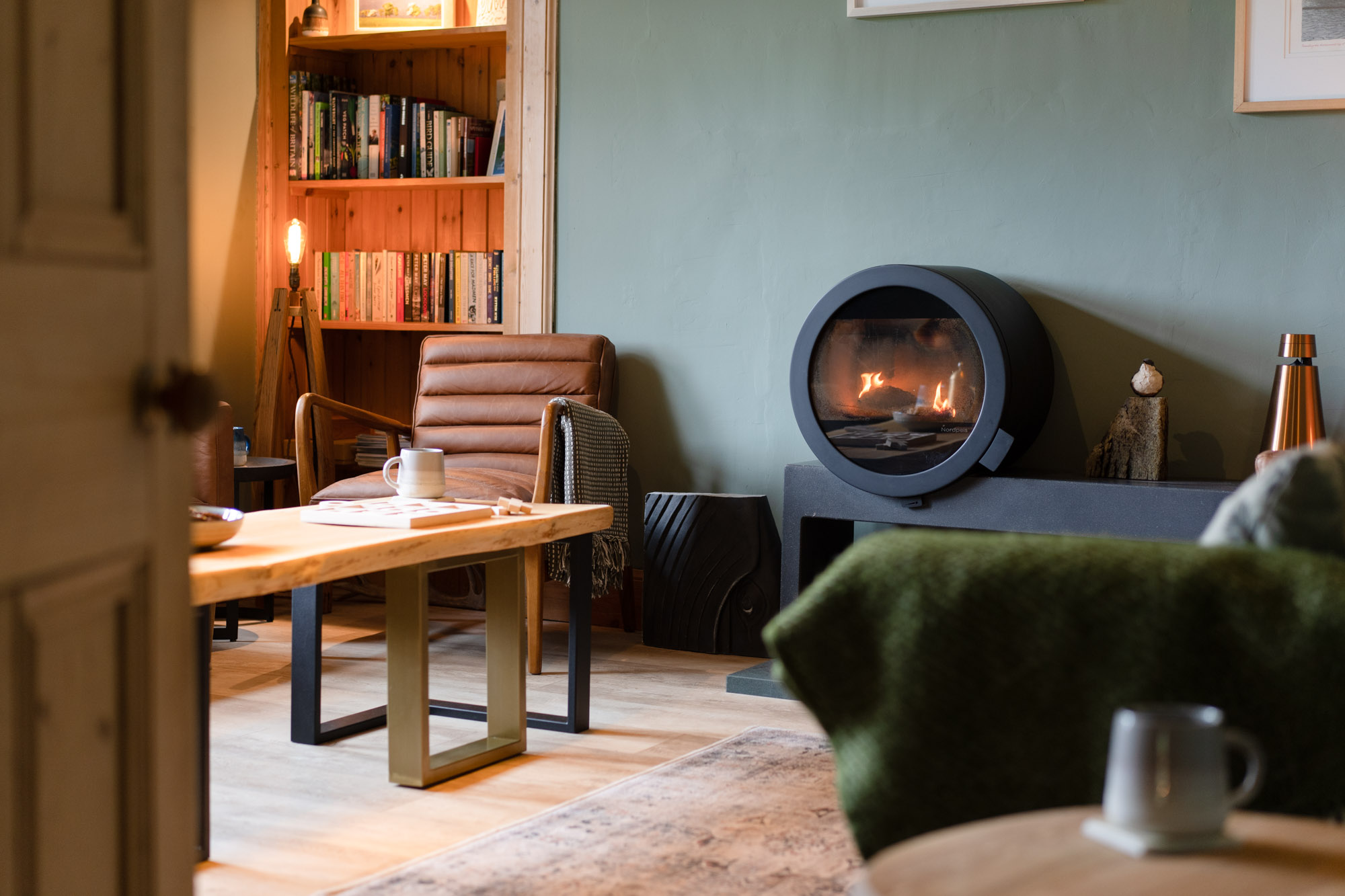The communities who live and work in the Park are as important as the wildlife and scenery in making the Cairngorms National Park the special place that it is…
Just as the landscape is so varied, so too are the communities that have formed within these landscapes, from the mountainous settlements to the valley villages to the sleepy riverside retreats.

The mountains of the Cairngorms have shaped the diversity and individuality of the area’s people, culture and character. This natural heritage can be seen in everything from the castles to mountain bothies to the language and folklore, all of which go back thousands of years.
Place names give an insight into the culture, history and environment of the Park, which have all influenced the Gaelic names used for mountains, woodlands, lochs, rivers and settlements.
You can still see remains from prehistoric, Celtic and Pictish times. From this early culture, the clan system was born, the way of life in the Cairngorms from the 10th to the 18th centuries. Though many of the castles lie in ruins their stories still whisper from what remains.
The Clan way of life was dismantled after the Jacobite uprising, its dismantling leaving its mark on the landscape in the form of barracks, military roads, plantations, planned towns, new industries and empty glens.
One of the biggest changes in the Cairngorms came with the railways and the Victorians’ love of the Highlands. Our railway stations often contain clues to this Victorian heritage; Ballater Station, for instance, has exhibitions and audio recordings about Queen Victoria’s visits.
Tourism then flourished and, keeping up with the Windsors, wealthy visitors built large houses and shooting lodges, changing the landscape once again. Indeed, the regal presence, and a living Royal history, is very much alive and kicking today in the Cairngorms.
You can follow the ‘Victorian Heritage Trail’ through Royal Deeside, for instance. You can also follow the magnificent 90 miles of SnowRoads through the Park, from Grantown-on-Spey to Blairgowrie, which takes in not only wild landscapes and artscapes, but also a rich history of folklore tales and hidden treasures.
Explore the 90 miles of the SnowRoads to discover wild landscapes and uncover the tales and hidden treasures of this untouched area
Today, tourism-related businesses account for about 80% of the economy, including activities such as skiing, walking, fishing, shooting and stalking, with approximately 1.4m people visiting the Cairngorms each year.
Around 18,000 people call the Cairngorms National Park home. At 4.2 people per square kilometre, the population density is very low. Read on for a description of what’s distinct about different settlements within the Cairngorms National Park.
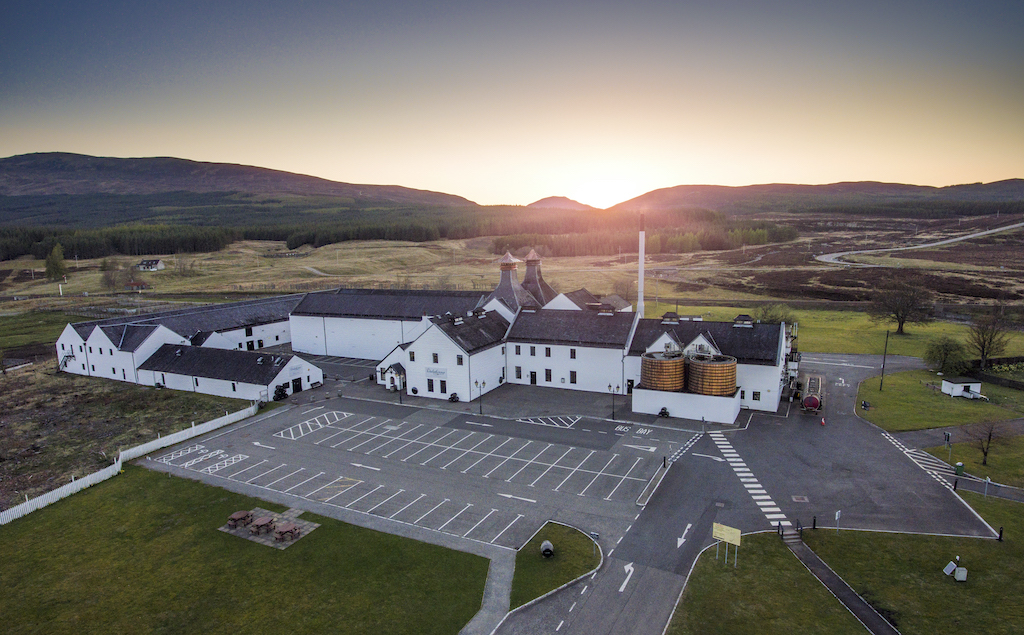
Dalwhinnie
A haven for hikers, known for its iconic distillery, located at the head of Glen Truim and the north-east end of Loch Ericht.
Laggan
Surrounded by the stunning Monadhliath Mountains, home to mountain biking heaven Wolftrax.
Newtonmore
A beautiful background for TV hits Monarch of the Glen & Outlander, this fun-filled village is famous for its Highland Folk Museum and ‘Wildcat Experience’.
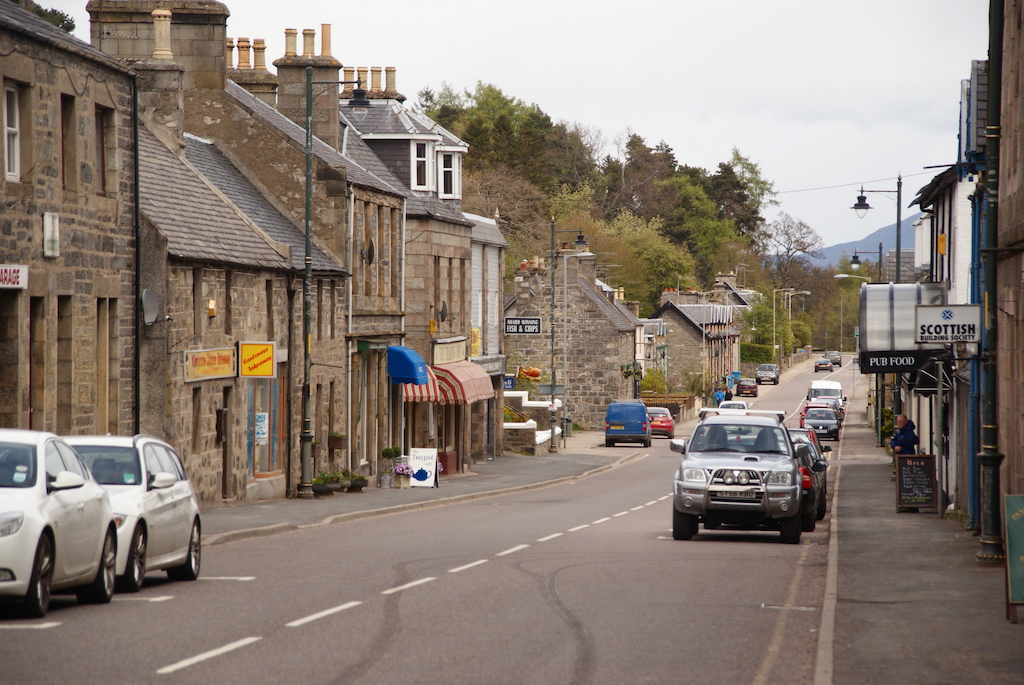
Kingussie
Capital of Badenoch, you’ll find cafes, shops, a distillery, a train station and an art gallery, as well as echoes of a bygone era at stunning Ruthven Barracks.
Kincraig
Roar with the tigers and purr with the polar bears at the Highland Wildlife Park before a paddle and a pint at the picture-perfect Loch Insh Watersports Centre.
Aviemore
A beautiful, breathtaking blend of modern comforts, like shops, a cinema and swimming pool, coupled with an idyllic natural setting amid the mountains.

Take a walk on the Wildside…
Discover Scottish wildlife and endangered animals of the world’s mountains and tundra in our spectacular setting…
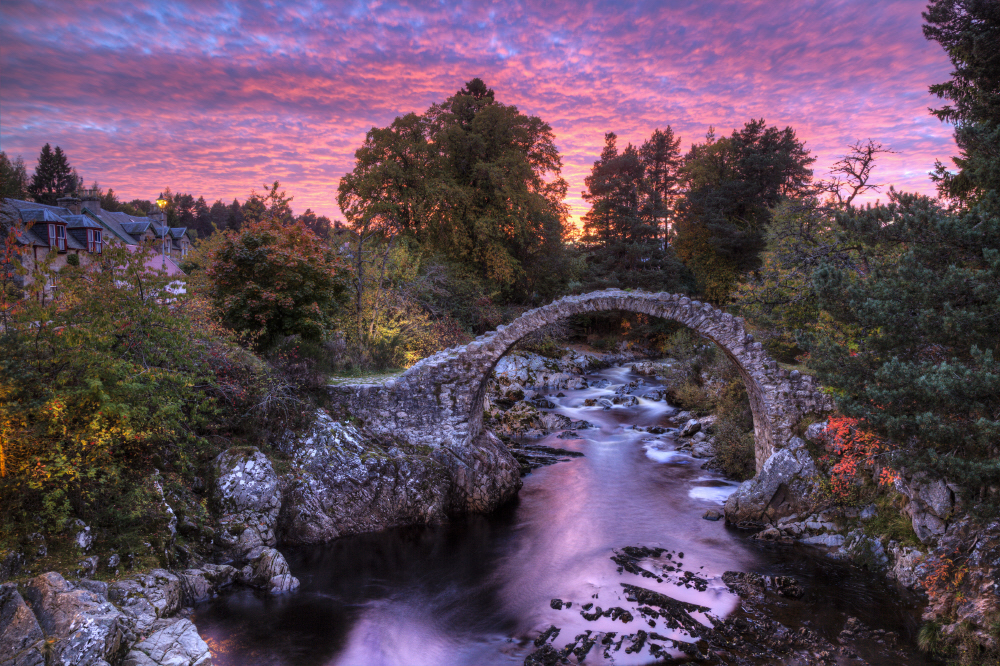
Carrbridge
Kids’ dream Landmark Adventure Park steals the show here, along with the oldest bridge in the Highlands.
Boat of Garten
Brimming with vibrancy; offers fine dinning, cafes, a bike shop, regular events and a first rate golf course, all set to the background toot of the Strathspey steam train.
Dulnain Bridge
Home to the fictitious “Glenbogle Station” (off the telly!), an ancient Pictish settlement and, of course, a bridge which dates back to the 18th century.
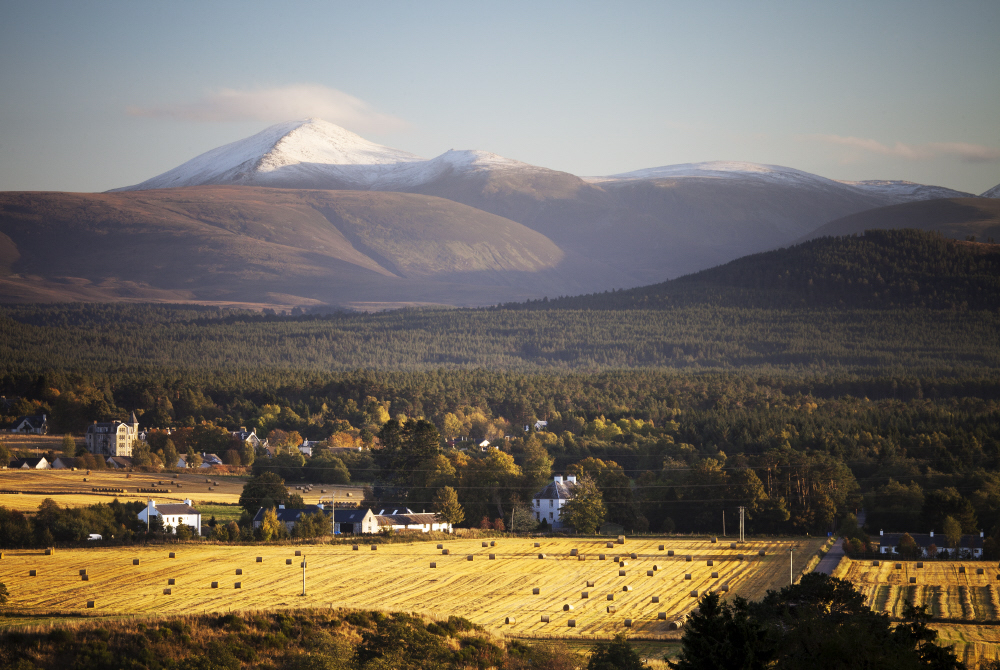
Nethybridge
Nestled in the woods, Nethy boasts a butcher, 4 bridges (really!), a golf course, a castle, a café and one of the oldest amateur Highland Games.
Cromdale
Steeped in history, it’s famous for battles, stunning surrounding hills (complete with a commemorative ‘piper’s stone’ for the piper mid-battle) and artisan Scottish gin Caorunn.
Grantown-on-Spey
At the beginning or the end of your SnowRoads journey, boasting a thriving high street filled with cafes, restaurants, a gallery, bookshop and more, all set in prime fishing territory by the River Spey.

The Glenlivet Distillery
Discover the oldest legal distillery in the parish of Glenlivet…

Tomintoul
The ‘highest’ village in the Cairngorms at 1164 ft, Tomintoul oozes history and rugged grandeur, having been founded by a Duke in the 18th century.
Glenlivet
Glenlivet may be synonymous with whisky – it is home to four whisky distilleries, after all – but the village is increasingly gaining a reputation as the best place to mountain bike in Scotland too.
Strathdon
This remote, tranquil oasis, which the River Dee winds through, is just 18 miles from lively Tomintoul and is a perfect place for a wildlife watcher to hang out due to its quietude.
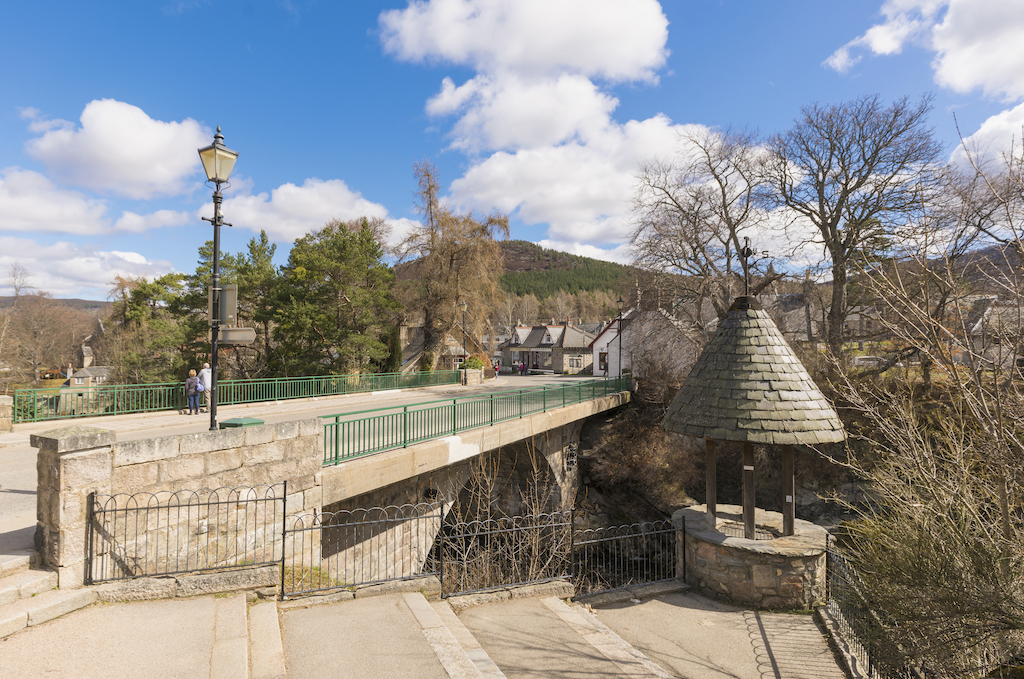
Dinnet
A small village which packs a punch, Dinnet wows its visitors with idyllic vistas, rugged crags and luscious lochs, Loch Kinnord and Loch Davan being the biggest.
Ballater
The largest village on the eastern side of the Cairngorms, Ballater has it all, all year round and is fit for Royalty, as you’ll see by the number of Royal warrants on the shop fronts for everything from haggis to wellies.
Braemar & Crathie
While Braemar is the highest, most mountainous parish in the UK, it’s actually its abundance of wonderful, wildlife-filled, low-level walking that makes this village such a perfect choice for ramblers.
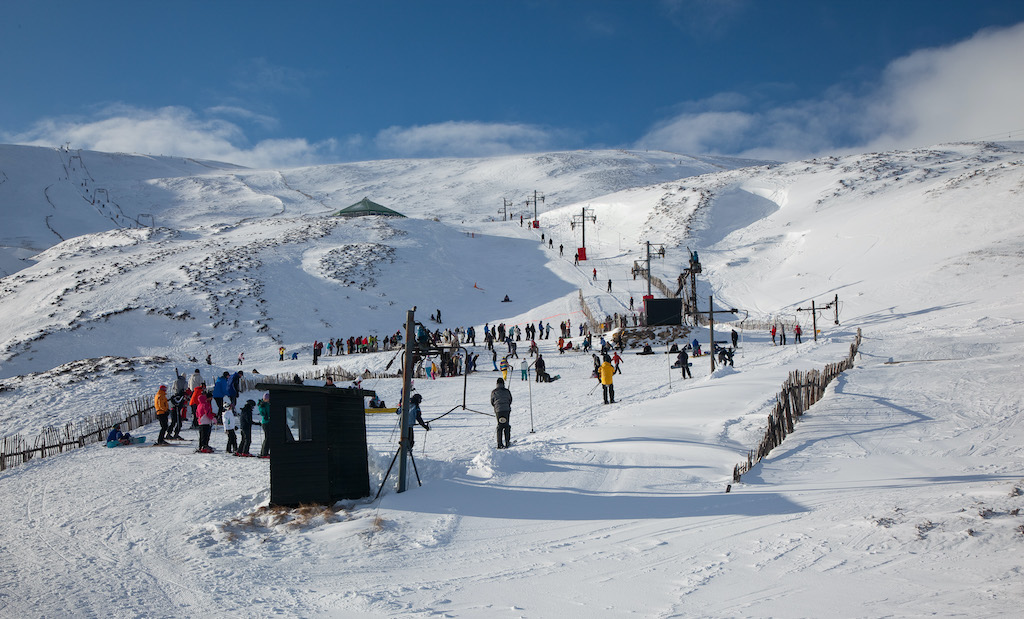
Angus Glens
Brimming with bonnie glens, these are a must-see if you love nothing more than taking a picnic on a walk, sitting by lapping waters, and soaking up stunning scenery.
Blair Atholl
You know you’re approaching Blair Atholl when you first clap eyes on the imposing castle, which cuts a dramatic shape into the landscape. Indeed, the majesty of this area is palpable.
Glenshee
Aptly known as ‘Gleann Shith’ (Glen of the Fairies’ in Gaelic) on account of its magical feel, Glenshee is hard to beat when it comes to offering a mix of yin and yang; ski resorts on one side, a wilderness of wildlife on the other.
Connect with us
Join our Mailing List
Sign up to get notified of the latest deals, news and all the latest information direct to your inbox.



